Successful Parenthood with ICSI: Overcoming Male Factor Infertility and Fibroids at Nova IVF, Vasanth Vihar
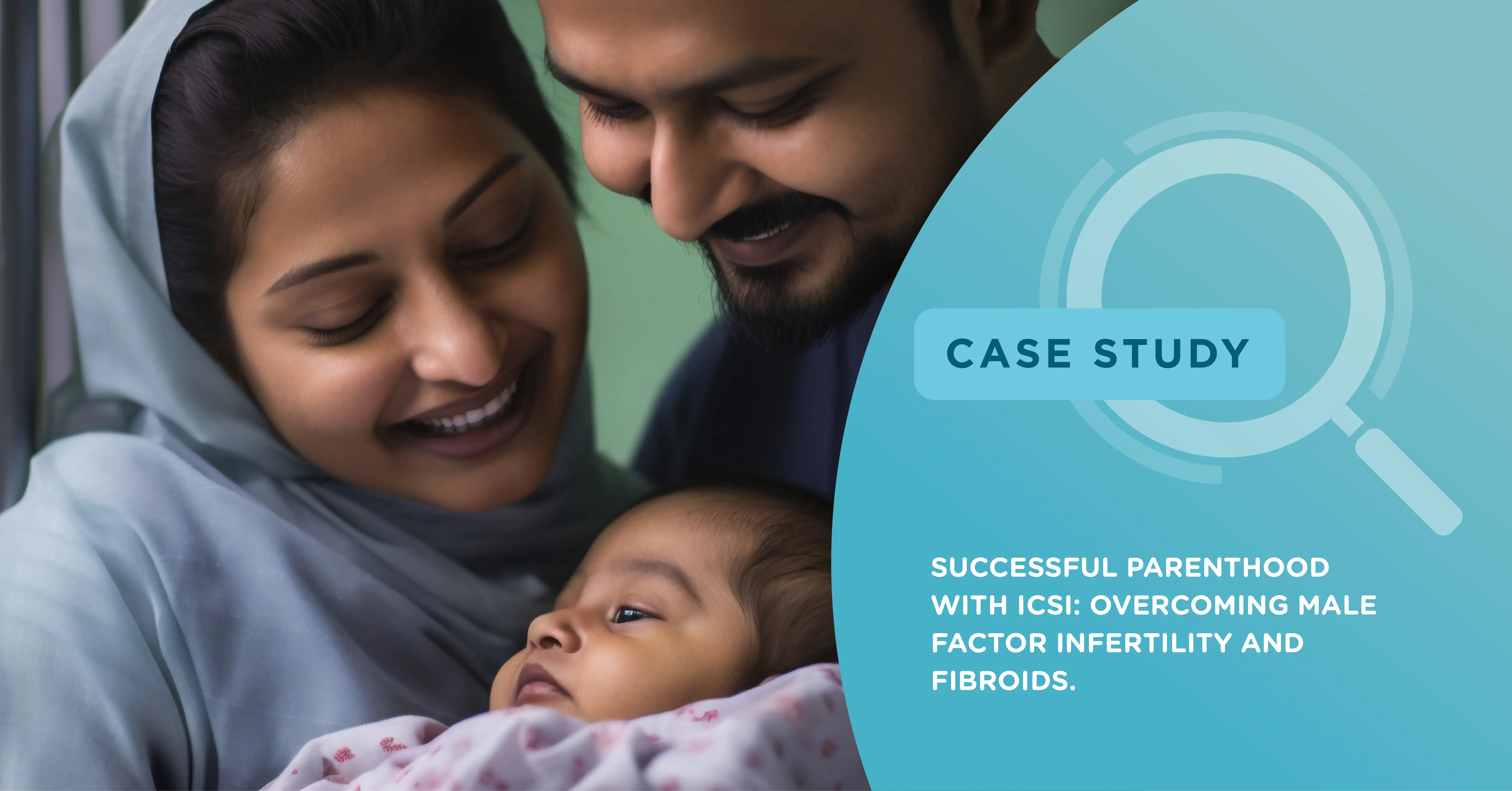
It had been a great challenge for a couple who is a 35-year-old lady and her husband to overcome the primary fertility, and the couple had tried to conceive throughout the past 18 months. To fulfil their desire of having a child they visited Nova IVF, Vasanth Vihar, New Delhi, and saw Dr Sandeep Talwar, a renowned fertility consultant.
Medical Examination and findings
Basic clinical tests and lab tests were conducted based on the couple's past medical history. Fertility tests were also conducted to find out the cause of primary fertility. After evaluating the results, the couple’s fertility was found to be complicated by multiple fibroids and male factor infertility.
Uterine Fibroids
Uterine fibroids, single or multiple, are mostly benign tumours that appear inside the muscular wall of the uterus.
Male Factor Infertility
Male factor infertility, characterised by a man's reduced or no reproductive capacity, is affecting an increasing number of men, even very young men: among infertile couples in 40% of cases, the cause of infertility is due to male problems.
These are situations of primary infertility, i.e., males who have never brought about a pregnancy, but also cases of secondary infertility, i.e. males who present infertility despite having had children in the past.
Fertility Treatments
Dr Sandeep Talwar, the fertility specialist at Nova IVF, advised the couple to undergo Intracytoplasmic Sperm Injection (ICSI) for male factor fertility and controlled ovarian stimulation (COS) using the antagonist protocol for multiple uterine fibroids.
Intracytoplasmic Sperm Injection (ICSI)
This technique was created in 1992 to resolve all cases of severe male factor infertility, making it possible to fertilise oocytes even from sperm with reduced motility.
Follicular Growth
The ovaries are stimulated to produce oocytes via COS. Follicular growth is monitored during this process.
Controlled Ovarian Stimulation (COS) is a medical procedure aimed at inducing multiple follicular development through the administration of hormonal drugs, thus increasing the chances of pregnancy through assisted fertilisation techniques. In fact, this procedure is necessary to increase the chances of success, because without stimulation the ovary produces only one follicle and thus only one oocyte per ovarian cycle.
COS with Antagonist Protocol
In the agonist protocol, the patient starts from day 21 of the menstrual cycle with the administration of a GnRH agonist (GnRH-a) to transiently block the pituitary secretion of FSH and LH, synchronise follicle growth and prevent spontaneous ovulation. On the 3rd-5th day of the next cycle, the patient starts ovarian stimulation with gonadotropins. Follicular growth is monitored via serial ultrasound examinations (a total of 3-5 times) and blood samples for hormone assays. These controls allow the pharmacological dosage to be modulated in each individual patient according to the response obtained.
The ovaries were stimulated to produce oocytes via controlled ovarian stimulation. Follicular growth was monitored during this process.
Extraction of Follicles and Oocytes
It occurs under deep sedation. On 24 May, 10 oocytes retrieved from follicular fluid in the laboratory.
Preparation of the Seminal Fluid
After assessing the quality of the seminal fluid, mobile spermatozoa are selected.
ICSI
Each oocyte is inseminated with a single spermatozoon using the micromanipulator.
Fertilisation Control
The following day it is checked whether the oocytes have fertilised.
Embryo Culture
The fertilised oocytes are left to grow in special plates inside incubators at 37°C.
Transfer and/or Cryopreservation
On the day of the transfer, the embryos are loaded onto a thin catheter that is inserted by the fertility consultant into the uterus where they are released. Embryos not transferred to the uterus are frozen in liquid nitrogen.
If no pregnancy is achieved or a second pregnancy is desired, the frozen embryos can be used later.
A frozen embryo transfer was carried out on 21st September 2023.
What is FET?
FET is a key component of assisted reproductive technology (ART) and an effective solution for individuals and couples struggling with infertility or other reproductive challenges.
It is a medical procedure in which previously cryopreserved embryos are thawed and transferred into a woman's uterus with the aim of becoming pregnant. This technique has gained popularity for several reasons, namely, the storage of surplus embryos, increased success rates and flexibility in scheduling embryo transfers.
Main Stages of the FET Process
Cryopreservation of Embryos
Surplus embryos are cryopreserved via vitrification, a rapid freezing technique that minimises the formation of ice crystals and prevents damage to the embryos.
Embryo Thawing
Cryopreserved embryos are thawed under controlled conditions to ensure viable embryos.
Uterine Preparation
The woman's uterine lining is prepared for embryo transfer via hormone therapy. The aim is to create an optimal environment for embryo implantation.
Embryo Transfer
Once the uterine lining is deemed suitable, one or more thawed embryos are brought to a physiological temperature (37°) and are carefully transferred into the woman's uterus via a thin catheter.
Monitoring Tests
After embryo transfer, the woman is closely monitored for signs of pregnancy.
A pregnancy test was administered 15 days subsequent to the transplant procedure to ascertain the presence of pregnancy, yielding a positive result. The couple subsequently welcomed healthy twins in June 2024 and express profound gratitude for the fertility treatment provided by Dr Sandeep Talwar, Nova IVF Vasanth Vihar, Delhi.
 Infertility Counselling
Infertility Counselling Female Infertility Treatment
Female Infertility Treatment Andrology Treatment
Andrology Treatment Fertility Enhancing Surgeries - Female
Fertility Enhancing Surgeries - Female Fertility Enhancing Surgeries - Male
Fertility Enhancing Surgeries - Male Endoscopy Treatment
Endoscopy Treatment IUI Treatment
IUI Treatment IVF Treatment
IVF Treatment ICSI Treatment
ICSI Treatment Advanced IVF Solutions
Advanced IVF Solutions Embryology
Embryology Vitrification Egg, Embryo, Sperm Freezing
Vitrification Egg, Embryo, Sperm Freezing Preimplantation Genetic Testing (PGT)
Preimplantation Genetic Testing (PGT) Donation Program Embryo / Egg / Sperm
Donation Program Embryo / Egg / Sperm Self-cycleTM IVF
Self-cycleTM IVF

 Self-cycleTM IVF
Self-cycleTM IVF


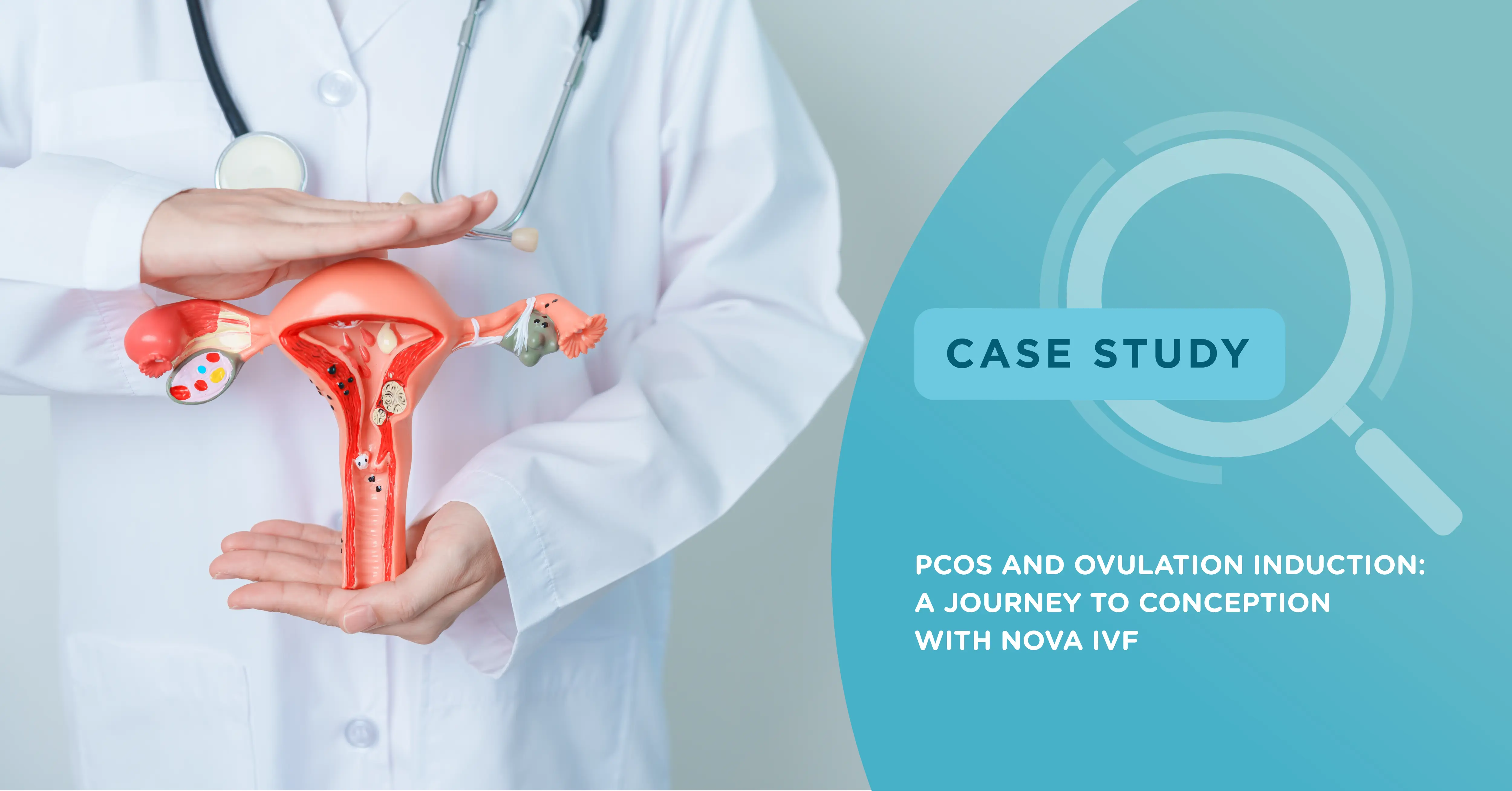
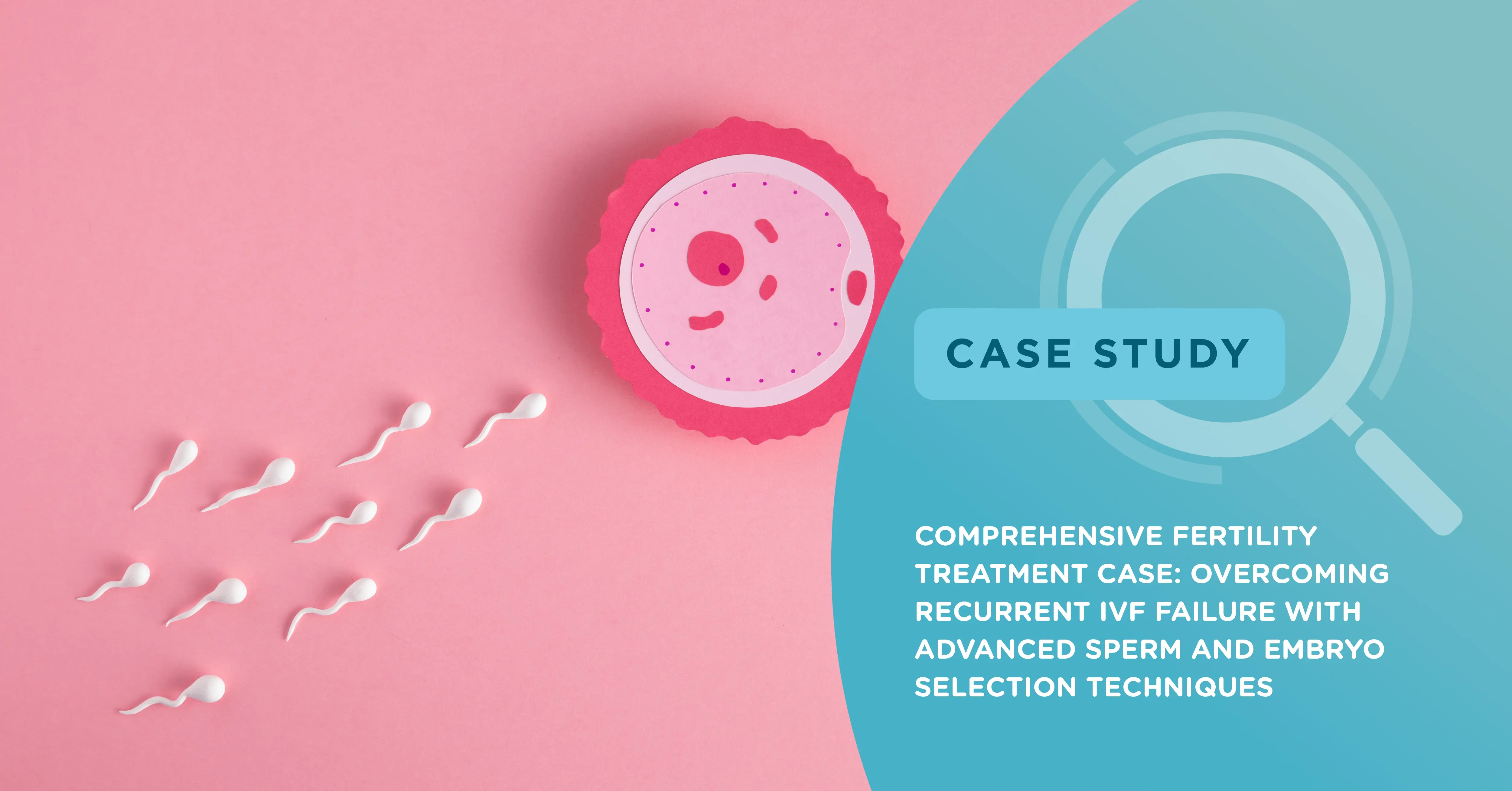

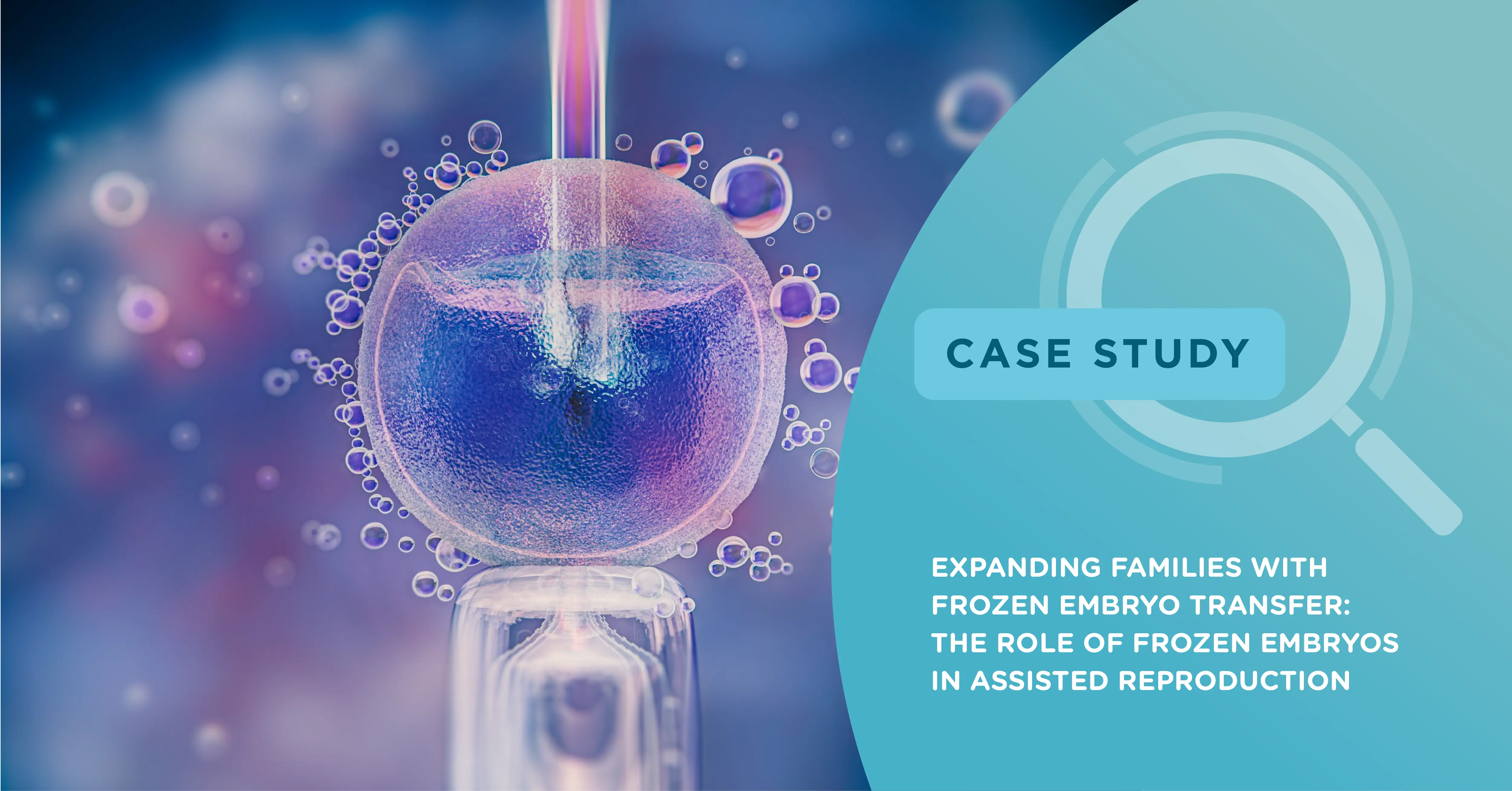

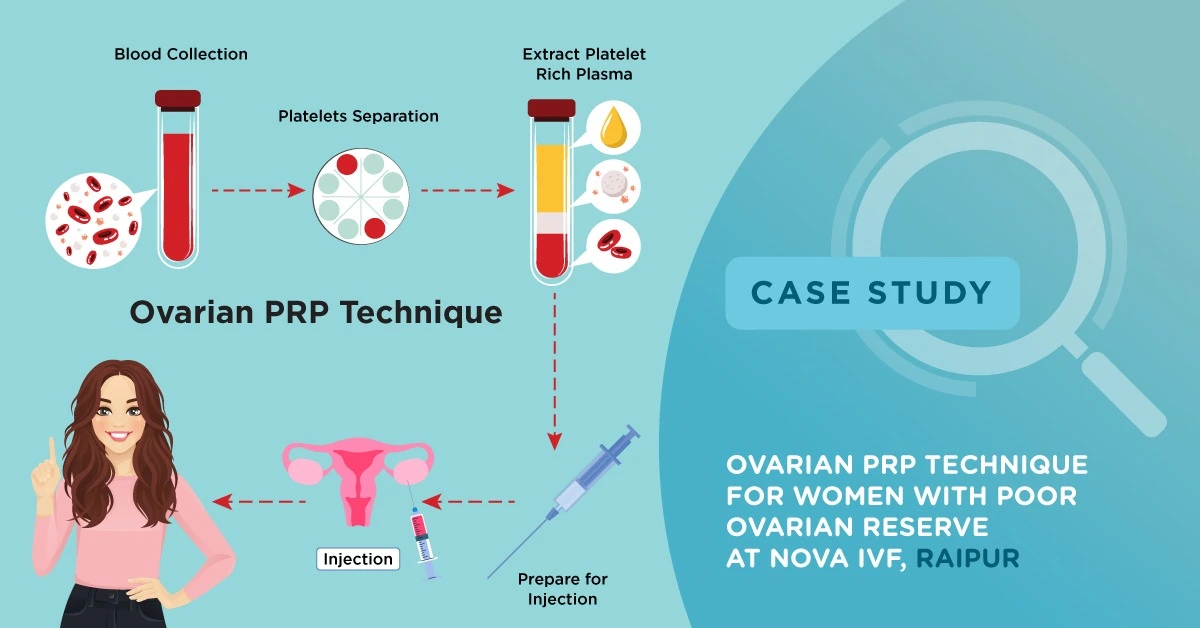
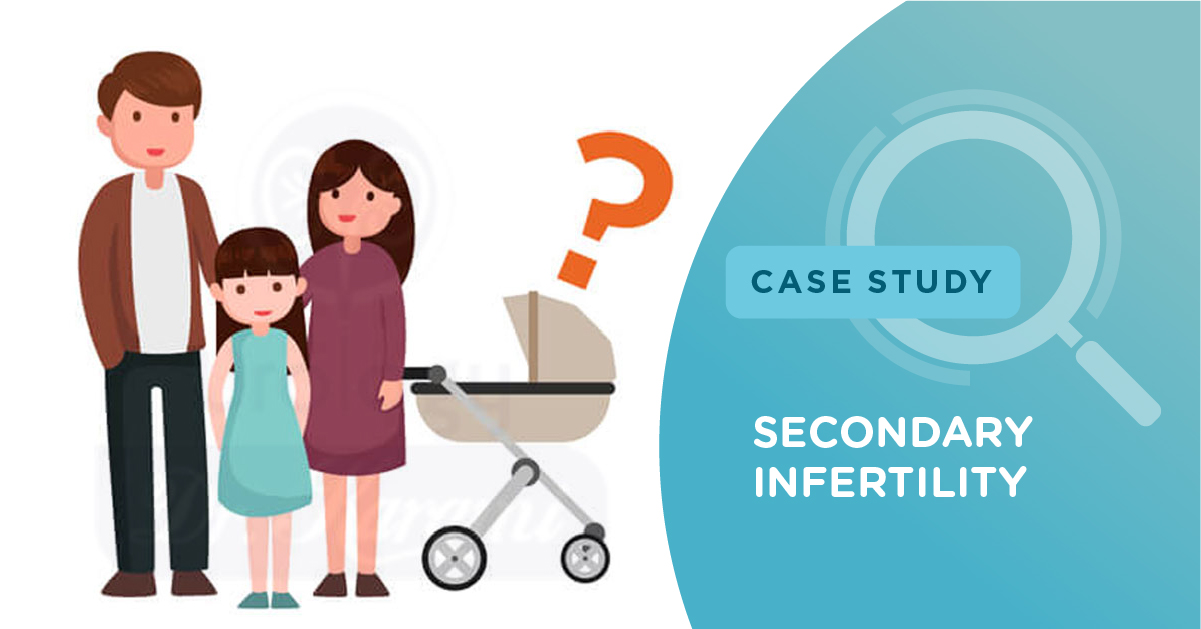
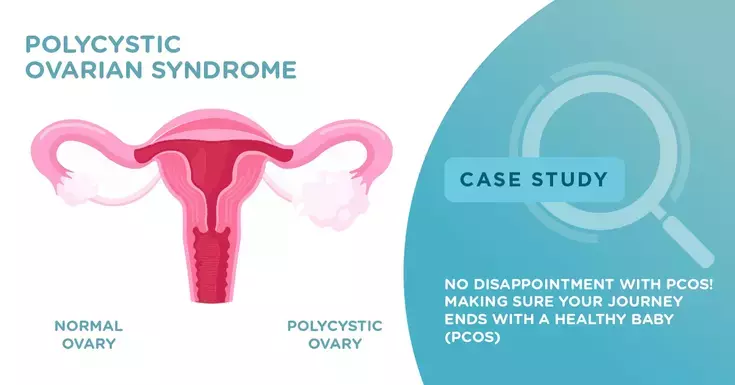






Add new comment